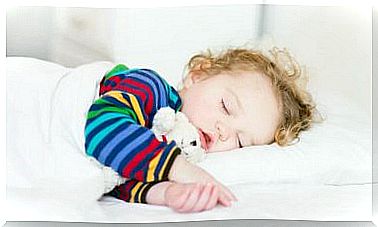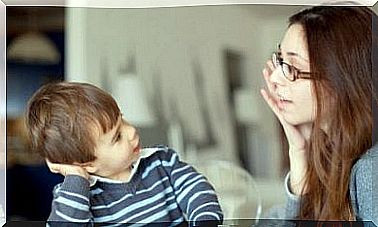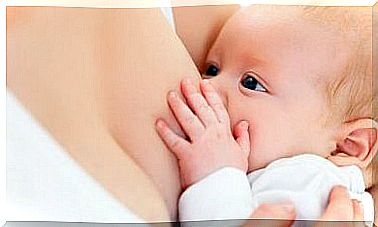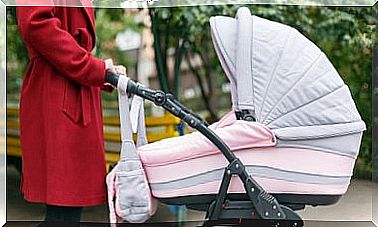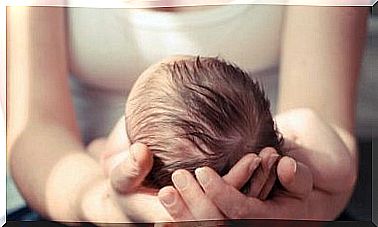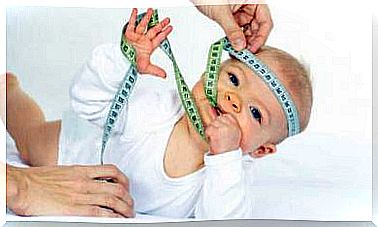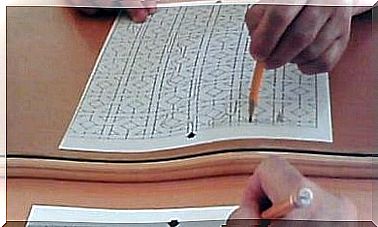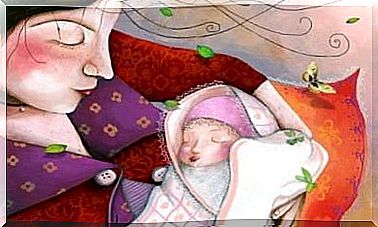What Causes Newborn Jaundice?
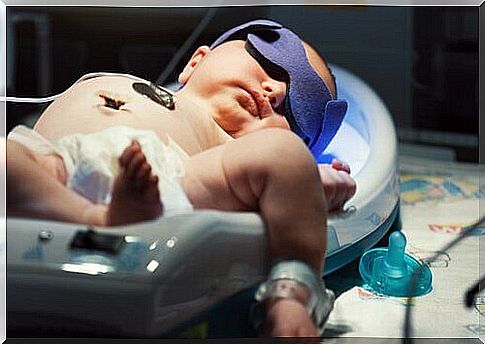
Many children have yellowish skin in the first days after birth. This is normal and is probably jaundice in the newborn. It is a transient and harmless affliction that is very common in newborn babies. The problem typically resolves on its own or with light treatment during the child’s second week of life.
About 50 to 60 percent of children suffer from yellowing of the skin during the first or second week of their lives. Although most newborns experience this problem, in all cases jaundice is not noticeable to the naked eye.
Although jaundice in the newborn is usually a harmless affliction that you don’t have to worry about, it’s important to pay attention to it. After reading this article, you will know how to diagnose and treat jaundice in a child, and what consequences jaundice can have for a child.
What causes newborn jaundice?
Jaundice is a common ailment in children and is associated with a yellowish color of the skin and whites of the eyes. This is due to an excessive amount of bilirubin in the blood.
Bilirubin is produced in the body when old red blood cells break down. Usually, bilirubin is treated in the liver so that the necessary amount is re-used and the excess is carried away with the bile through the intestine out of the body. If so much bilirubin is formed that the liver is unable to remove it from the blood quickly enough, the child begins to suffer from jaundice.
Neonatal jaundice is thus the result of the liver failing to mature and adapt to all the dramatic changes that occur during the first days of a child’s life. When the liver is unable to break down bilirubin, it accumulates in the organs – especially the skin – and gives them a yellowish color.

How do I know my child is suffering from jaundice?
It is possible for parents to detect neonatal jaundice if they are alert to discoloration of the child’s skin, whites of the eyes, and oral mucosa. The most reliable way to detect baby jaundice is to examine the baby in natural light or under fluorescent tubes.
If this is not the case, the child’s nose, forehead or chest can be gently pressed. If the skin appears normal in color, the child will not suffer from jaundice, but if a yellowish color is observed, it is advisable to contact a doctor or clinic.
Can jaundice harm my baby?
The truth is that neonatal jaundice can pose a risk to the baby, but only in cases where blood bilirubin levels rise to very high levels. The risk depends on the child’s age, weight and state of health.
The amount of bilirubin in the blood can be determined by a simple blood test. Determining the causes of elevated bilirubin levels, on the other hand, requires more detailed tests by a pediatrician.
Can I breastfeed a baby with jaundice?
A baby with jaundice can be breastfed, although it has been speculated that in some cases, breastfeeding prolongs the duration of the baby’s ailment. If this is the case, your nurse or pediatrician may suggest a break from breast-feeding.
In such a case, it is recommended to use a breast pump to stimulate milk production to make it easy to continue breastfeeding at a later stage.
If you suspect your child’s skin is yellowing, you should always contact your healthcare professional as soon as possible – although this is usually not a serious ailment. Professionals know how to act on how to act in a situation and how to treat jaundice.
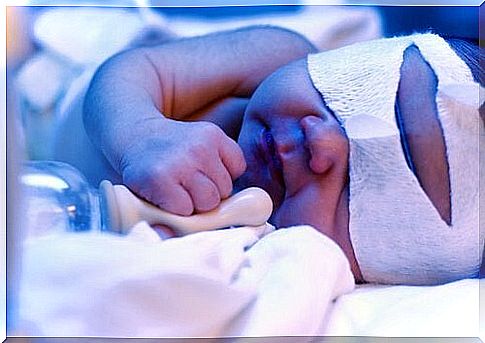
How is neonatal jaundice treated?
If the child’s bilirubin level is only slightly elevated, there is no need for special treatment, and daily exposure of the child to sunlight for 15-20 minutes is sufficient.
This method is easy and effective because the skin of a newborn is so sensitive that solar radiation effectively breaks down bilirubin molecules and helps their rapid destruction.
If there is a significant amount of bilirubin in the blood, the child is treated with blue light therapy. The pediatric unit of the maternity hospital is responsible for care. In blue light therapy, a child’s skin is exposed to blue light, and this form of treatment requires a few days in hospital.
No blood exchange is normally performed to destroy bilirubin, as this operation is used only in special cases. Blood transfusions are always performed in a hospital under the close supervision of doctors.
